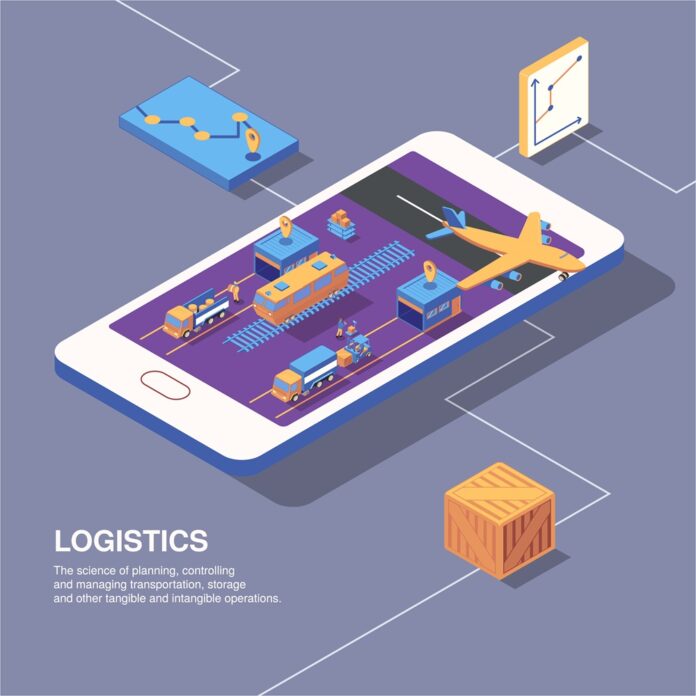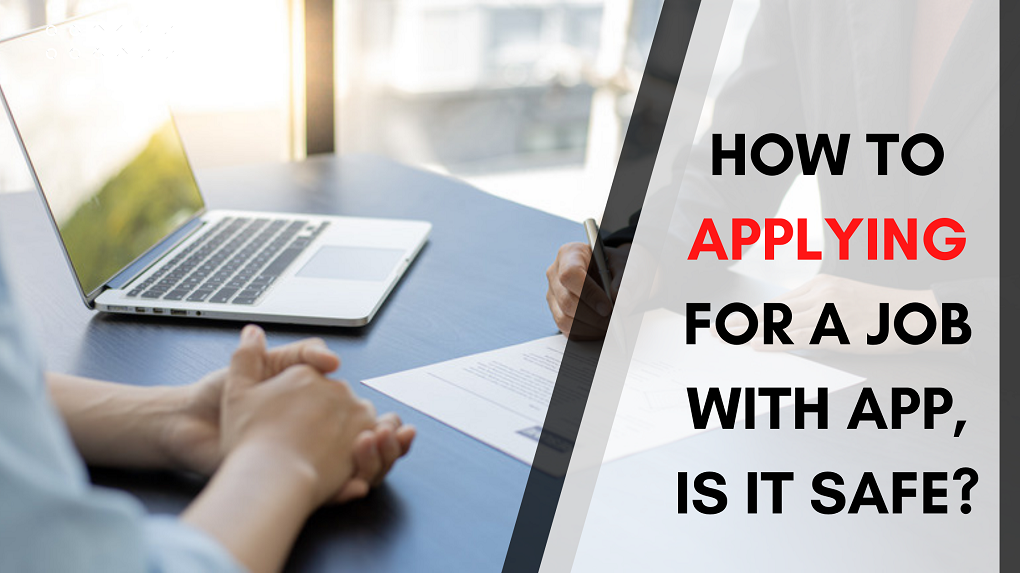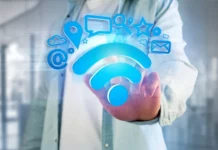Introduction
Logistics are a big part of our modern world, the industrialization revolution has increased the consumption of goods and commodities while new-age vehicles have increased the travelling and distance covering capacity. All these innovations are now leading up to the next phase of digitising the logistics industry. The logistics sector has undergone a profound shift with the infusion of technology, particularly through the implementation of logistics applications.
Understanding Logistics App Development
At the core of the supply chain, logistics apps offer multiple functions from inventory management to order tracking and fleet optimization. Logistics applications are central hubs in the supply chain. With the global logistics market crossing the $10 trillion mark, these applications are important in meeting the increasing demand for efficient and transparent logistics operations.
Steps in Logistics App Development
The journey to create a successful logistics app starts with in-depth planning. Extensive market research serves as the foundation for understanding user needs and industry pain points. Defining the right target audience and establishing objectives can help align the app’s development trajectory and ensure a purpose-driven solution.
App Discovery
The initial phase of app development is where the groundwork for the logistics app development journey is laid. This step involves comprehensive research to understand the needs of the market, user behaviours, and industry trends.
- Market Research: Extensive research that can help understand the current logistics industry landscape. This includes studying existing apps, identifying gaps in the market, and analysing competitors’ strengths and weaknesses.
- Needs Identification: Identifying and understanding the pain points and needs of users is crucial. Interviews, surveys, and feedback from potential users, logistics managers, and stakeholders can help identify the required features and functionalities of the app.
- Defining Objectives: To get a clear idea of app objectives aligning app development with the strategic goals is important. Defining key performance indicators (KPIs) can help measure the success of the application.
MVP Development
The Minimum Viable Product (MVP) is the first version of the app which offers core features aimed at meeting the primary needs of users. Building a basic version helps to get user feedback.
- Feature Prioritisation: Based on the research conducted during app discovery, the most essential and impactful features are prioritised in the MVP. This helps in creating a functional version of the app.
- Prototype Development: The MVP is always based upon agile methodologies for the rapid development cycles. Developers focus on building the core features efficiently, ensuring the app’s functionality while keeping development costs manageable.
- Feedback Collection: The MVP is released to selected audiences for testing. Feedback from users is collected to understand user reactions and areas for improvement.
UI/UX Design
The UI/UX design phase focuses on creating an engaging interface to ensure a seamless user experience.
- Wireframing: Designers create wireframes and prototypes to visualise the app’s structure and navigation. This stage helps in mapping out user interactions and flow.
- Visual Design: Incorporating branding elements, colour, typography, logos, and imagery. The visual design brings life to these wireframes and enhances the application’s aesthetics.
- Testing: In this stage, the UI/UX is tested with users to learn about the usability and find if there are any flaws in the design.
Development
The development phase involves coding and development of the finalised features that are planned during the earlier stages.
- Frontend and Backend: For the development of the app[, developers work on both frontend (user-facing aspects) and backend (server-side logic) development to create a fully functional application. It is always advisable to hire a service-based company that can help you with your logistics app development.
- Integrating Third-Party API: You can incorporate third-party APIs for functionalities like real-time tracking, mapping services, or payment gateways to enhance the capabilities of the app.
Testing
The testing phase is to ensure the seamless functionality of the app and maintain its continuous operation and improvement.
- Testing Methods: Rigorous testing includes functional, performance, usability, and compatibility testing to find and rectify bugs before the deployment of an app.
- Test Launch: After successful deployment, user feedback is gathered to improvise and make required updates. Here the focus is on the stability, security, and performance of the application over time.
Marketing
The marketing aspect of the app helps it to reach a wider audience. Strategic deployment directly impacts accessibility and user engagement. Effective app store optimization (ASO) techniques and targeted marketing campaigns influence the app’s visibility and increase the ratio of user acquisition. This serves as an integral part of the app post-deployment.
Types of Apps
There are many types of logistics apps that can be created. It is important to pin down your requirements, so you may find the gap in the market and serve accordingly. Here are some of the popular categories.
- Fleet Management: This app helps in managing and tracking vehicles, optimising routes, and ensuring compliance with local and national regulations.
- Warehouse Management: This type of app assists in inventory management of the warehouse which may include available stock, order picking, organising the structure of the warehouse, and available storage space in the warehouse.
- Transportation Management:: This type of app focuses on managing shipments, optimising freight movements, and overseeing the transportation process.
- Tracking & Monitoring: Tracking apps are designed for real-time tracking of deliveries, these apps provide customers updates about the status and estimated time of arrival of their shipments.
- Supply Chain Management: These apps offer clear visibility into the supply chain, enabling businesses to track products from the manufacturing stage to delivery.
- Route Optimization Apps: They help in optimising delivery or transportation routes to minimise fuel consumption, reduce delivery times, and increase efficiency.
- Last-Mile Delivery: These apps are very popular and focus on conquering the final stage of delivery from the distribution centre to the customer’s doorstep, it is used by e-commerce companies.
Conclusion
Logistics app development offers many opportunities for streamlining supply chain operations. By following this path you can begin your journey for creating the right logistics app development journey.















